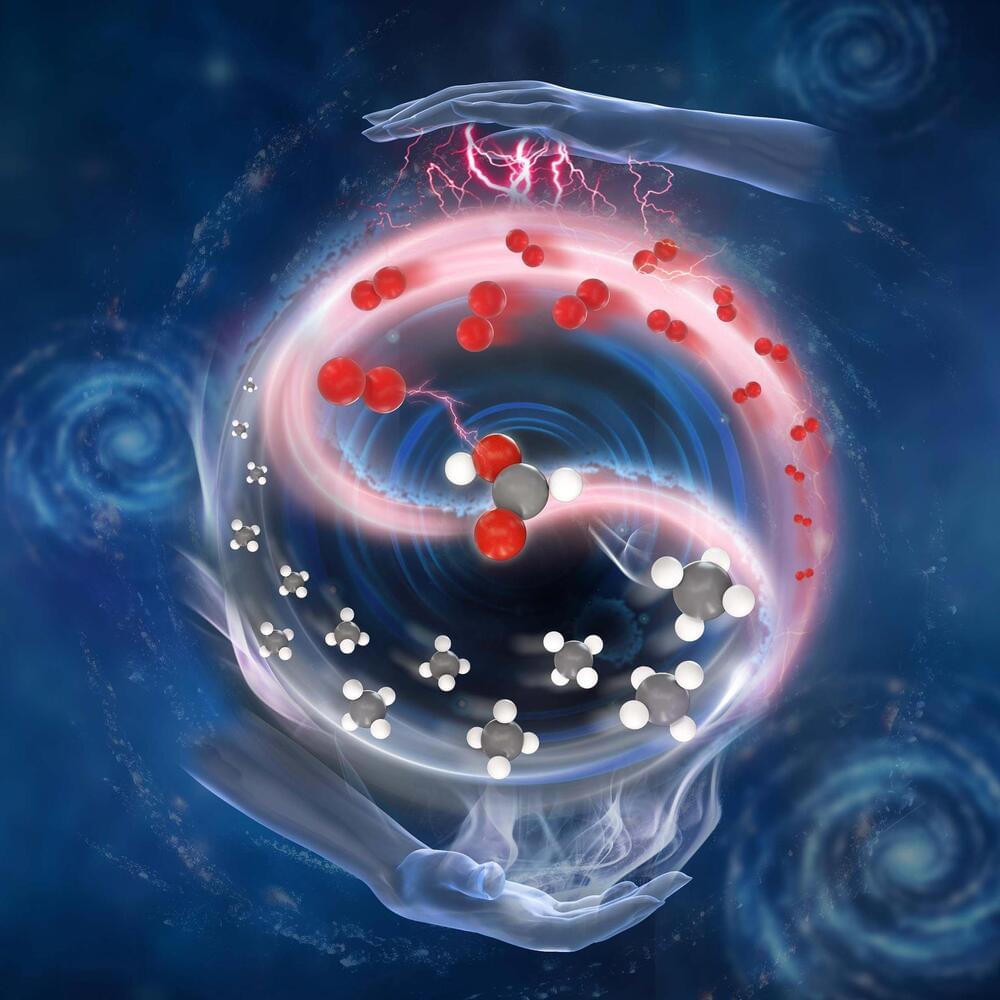Apr 1, 2024
The Neuron vs the Synapse: Which One Is in the Driving Seat?
Posted by Dan Breeden in categories: physics, robotics/AI
A new theoretical framework for plastic neural networks predicts dynamical regimes where synapses rather than neurons primarily drive the network’s behavior, leading to an alternative candidate mechanism for working memory in the brain.
The brain is an immense network of neurons, whose dynamics underlie its complex information processing capabilities. A neuronal network is often classed as a complex system, as it is composed of many constituents, neurons, that interact in a nonlinear fashion (Fig. 1). Yet, there is a striking difference between a neural network and the more traditional complex systems in physics, such as spin glasses: the strength of the interactions between neurons can change over time. This so-called synaptic plasticity is believed to play a pivotal role in learning. Now David Clark and Larry Abbott of Columbia University have derived a formalism that puts neurons and the connections that transmit their signals (synapses) on equal footing [1]. By studying the interacting dynamics of the two objects, the researchers take a step toward answering the question: Are neurons or synapses in control?
Clark and Abbott are the latest in a long line of researchers to use theoretical tools to study neuronal networks with and without plasticity [2, 3]. Past studies—without plasticity—have yielded important insights into the general principles governing the dynamics of these systems and their functions, such as classification capabilities [4], memory capacities [5, 6], and network trainability [7, 8]. These works studied how temporally fixed synaptic connectivity in a network shapes the collective activity of neurons. Adding plasticity to the system complicates the problem because then the activity of neurons can dynamically shape the synaptic connectivity [9, 10].


















